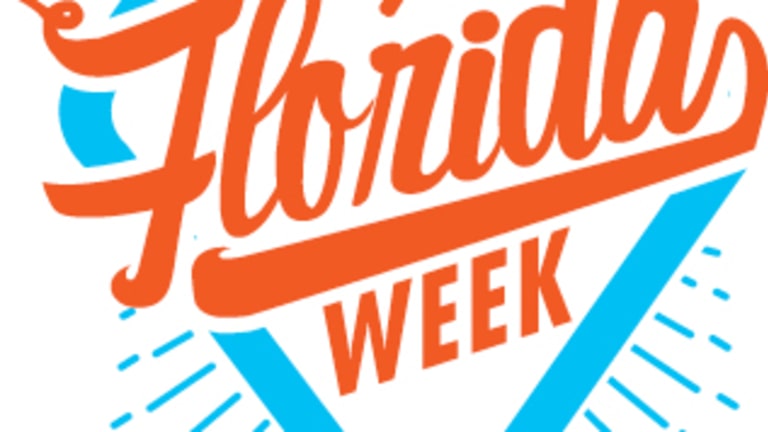Welcome to Florida Week! As the tours head southeast for the Miami Open, TENNIS.com and Baseline will feature all things Sunshine State. You’ll learn about the personalities, stories, teams and venues that have made Florida one of the tennis capitals of the world. We’ll also be reporting from the Miami Open in Key Biscayne.
As you’ll learn this week, when it comes to tennis, Florida isn’t just a state—it’s a state of mind.
If you drive south from Georgia into Florida along the Atlantic coast, the first town you come across is Fernandina Beach. “The Isle of 8 Flags” is its nickname; that’s how many times the island has changed hands since 1562, when it was first settled by Europeans. During that time, France, Spain, England, the state of Florida, the Confederacy, the U.S. and even a group of Mexican rebels have taken their turns ruling tiny Fernandina. No other municipality in the States can say the same.
But that’s Florida for you. Geographically, historically and demographically, it has always stuck out from the rest of the country, and it has always been a place that many different people have claimed as their own. From Cuban refugees in Miami to Midwestern retirees on the Gulf Coast, the Sunshine State is a land of transplants. Put those two things together—a blazing sun and an ever-diversifying population—and you’re bound to end up with a few tennis players, too. Four decades after the state’s first homegrown legend made her name on the pro tour, Florida has established itself as the world capital of the sport.
Tennis in the U.S. got its start in the grass-court clubs of the Northeast, but it was popularized on the hard courts of California. That’s where most of the country’s great champions—Jack Kramer, Pancho Gonzalez, Maureen Connelly, Billie Jean King, Pete Sampras and many others—developed their games. It wasn’t until the Open era, and the advent of the private tennis academy in Florida, that top prospects stopped going west and started heading south.
Jimmy Evert was a pioneering figure in Fort Lauderdale, where he created an informal junior academy on the Har-Tru courts at Holiday Park. In 1971, his daughter, Chris, put the town and the state on the tennis map when she reached the U.S. Open semifinals as a 16-year-old. A thousand “Chris Clones” started swinging two-handed backhands, and they needed courts and coaches who could help them hone their labor-intensive craft. The tennis factory was born.

